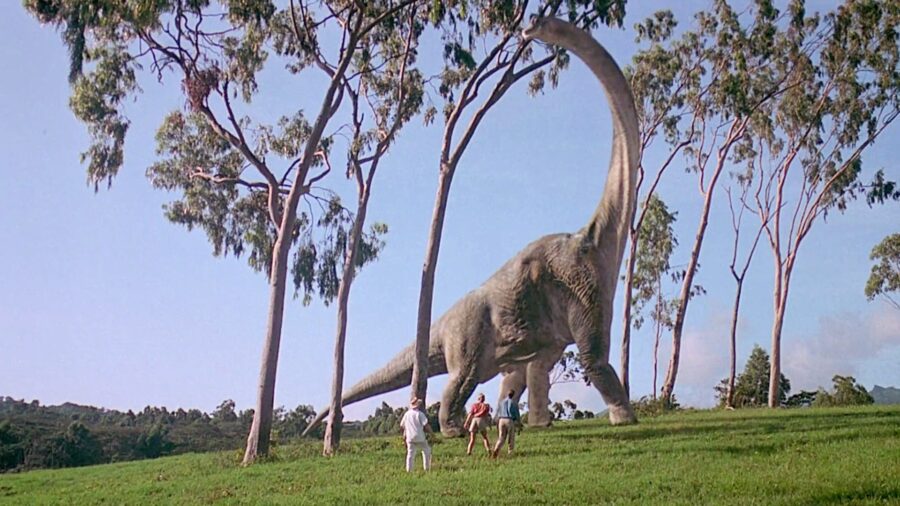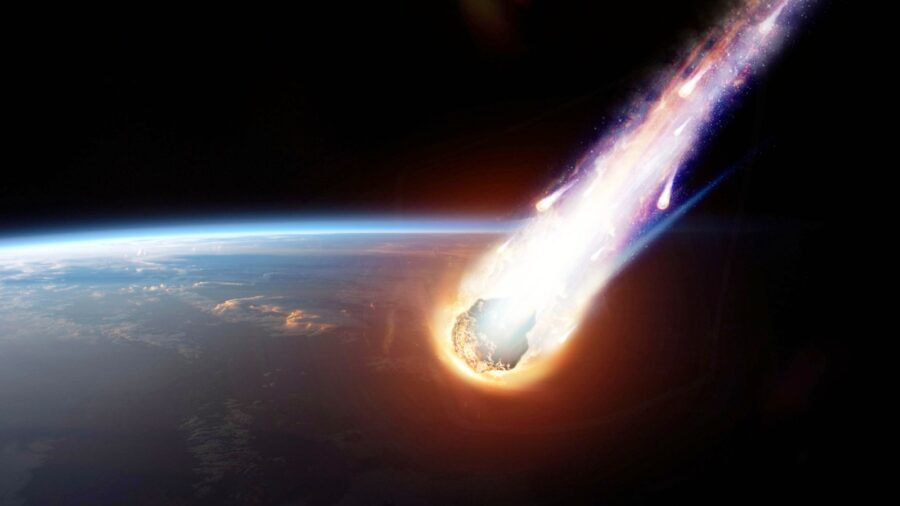Black Box Reveals What Really Killed The Dinosaurs

According to a recent write-up in ScienceAlert, new information has been discovered regarding prehistoric life on Earth, due in large part to a so-called geological ‘black box.’ This term, which gets its name from airplane flight recorders, actually refers to sediment samples with larger contributions of fine dust than scientists had previously hypothesized. Essentially, this sediment has helped to create a better understanding as to what wiped out the dinosaurs over 66 million years ago.
The black box confirms the scientific theory that dinosaurs were killed en masse by a space rock hurdling into the coast of modern-day Mexico, clocking in at sizes which rival the range of Mount Everest. This massive asteroid is said to have set off a series of global catastrophes which rendered nearly all life on Earth extinct, resulting in the general lack of velociraptors dominating the Eastern Asian coastlines today.
A so-called black box of sediment data is helping scientists understand what killed the dinosaurs.
New information garnered by scientific research seems to suggest, however, that fine dust which became suspended in Earth’s atmosphere following the impact may have held a more prominent role in the extinction level event than previously thought.
The sediment samples which scientists are calling a black box for dinosaur extinction studies seems to be teeming with incredibly fine silicate dust. So fine, in fact, that researchers were forced to use hyper-focussed laser beams in order to triangulate their constitution, resulting in this stunning breakthrough.
These black box samples were taken from dinosaur-heavy areas in modern day North Dakota, nearly 2,000 miles from the site of the remaining asteroid crater in the Yucatán Peninsula.
The sediment samples seem to suggest that these micro-silicates were disbursed into the atmosphere after the asteroid made impact, blocking sunlight from most of the planet’s surface for a period of over two years.
Without sunlight to provide growth and energy to plant life across the Earth, the food chain rapidly declined, resulting in a worldwide extinction which wiped out nearly every creature on the planet.

These black box samples were taken from dinosaur-heavy areas in modern day North Dakota, nearly 2,000 miles from the site of the remaining asteroid crater in the Yucatán Peninsula. If scientists can determine samples of this nature from the crater site itself, it may finally provide us with a stern confirmation of the fine details regarding dinosaur extinction.
Once the black box samples were uncovered, scientists relied on computer modeling to create graphic simulations of the Earth’s pulverization, which showed that some silicate dust remained in the air for over 15 years following the event.
As scientists continue to peel back layers of this black box discovery, there’s no telling what other dinosaur facts could be revealed.
These dust clouds blocked solar rays, resulting in a more than 15 degree Celsius drop in global temps, killing the few lucky dinosaurs who remained after the two-year dark period. The result was a barren and deserted planet in the throes of an extended planetary winter, only capable of rebuilding through the survival of a few deep-sea species and long-flight avians.
As scientists continue to peel back layers of this black box discovery, there’s no telling what other dinosaur facts could be revealed. It is truly amazing that modern science and technology have allowed human beings to determine facts about events which took place millions and millions of years before mankind roamed the Earth. If we’re truly lucky, perhaps we can even utilize some of this information to benefit other man-made issues in the future.












